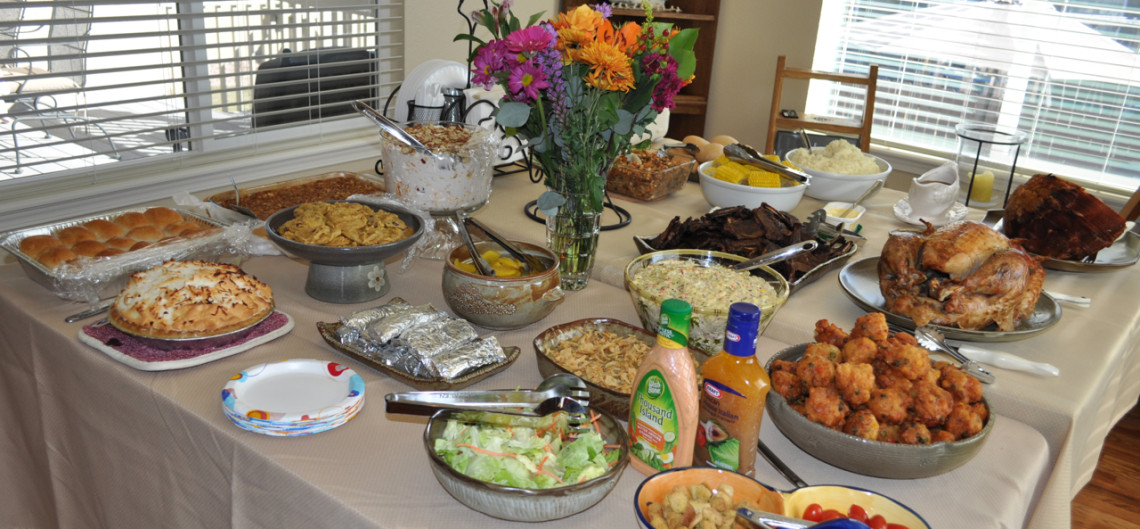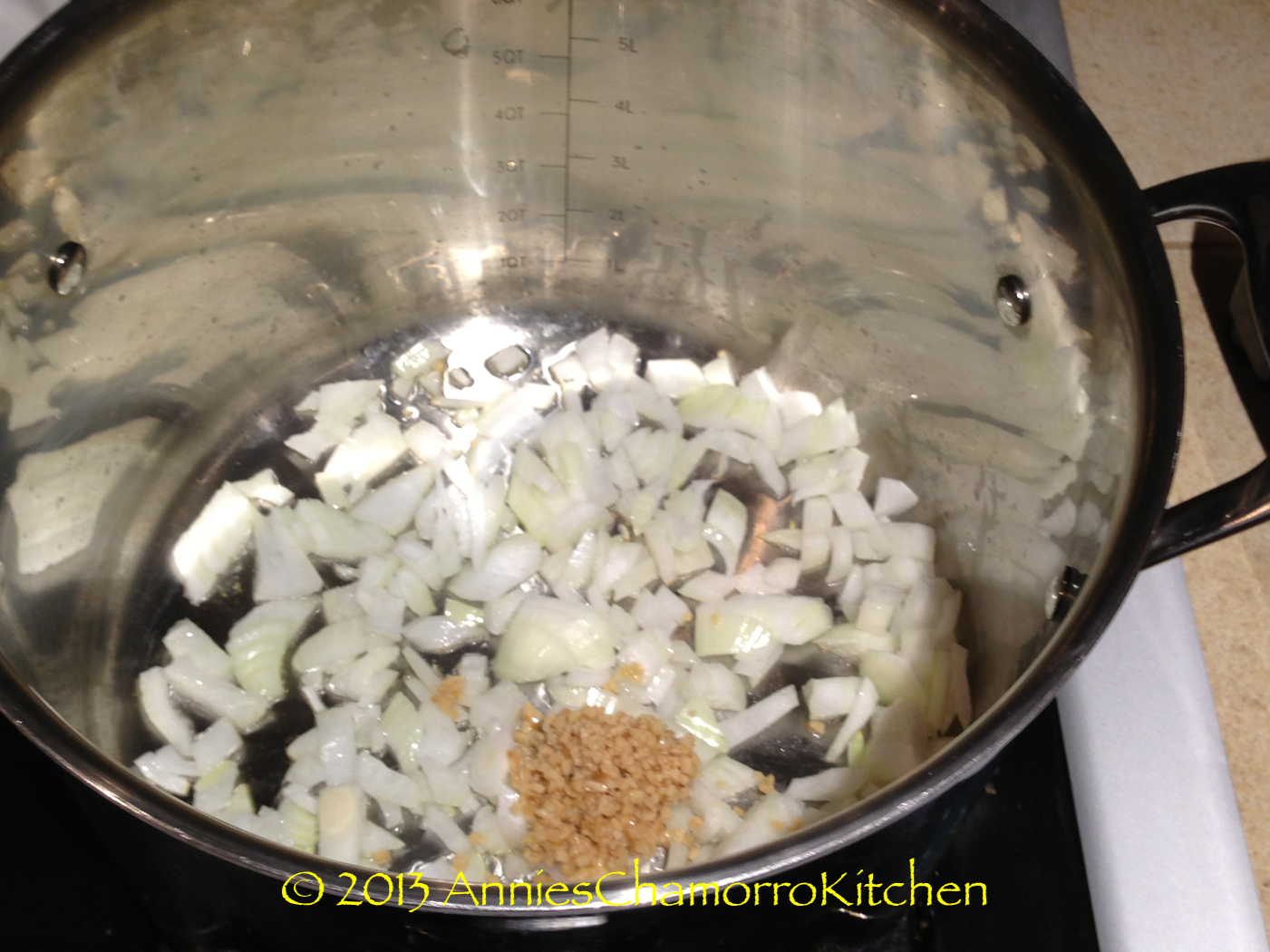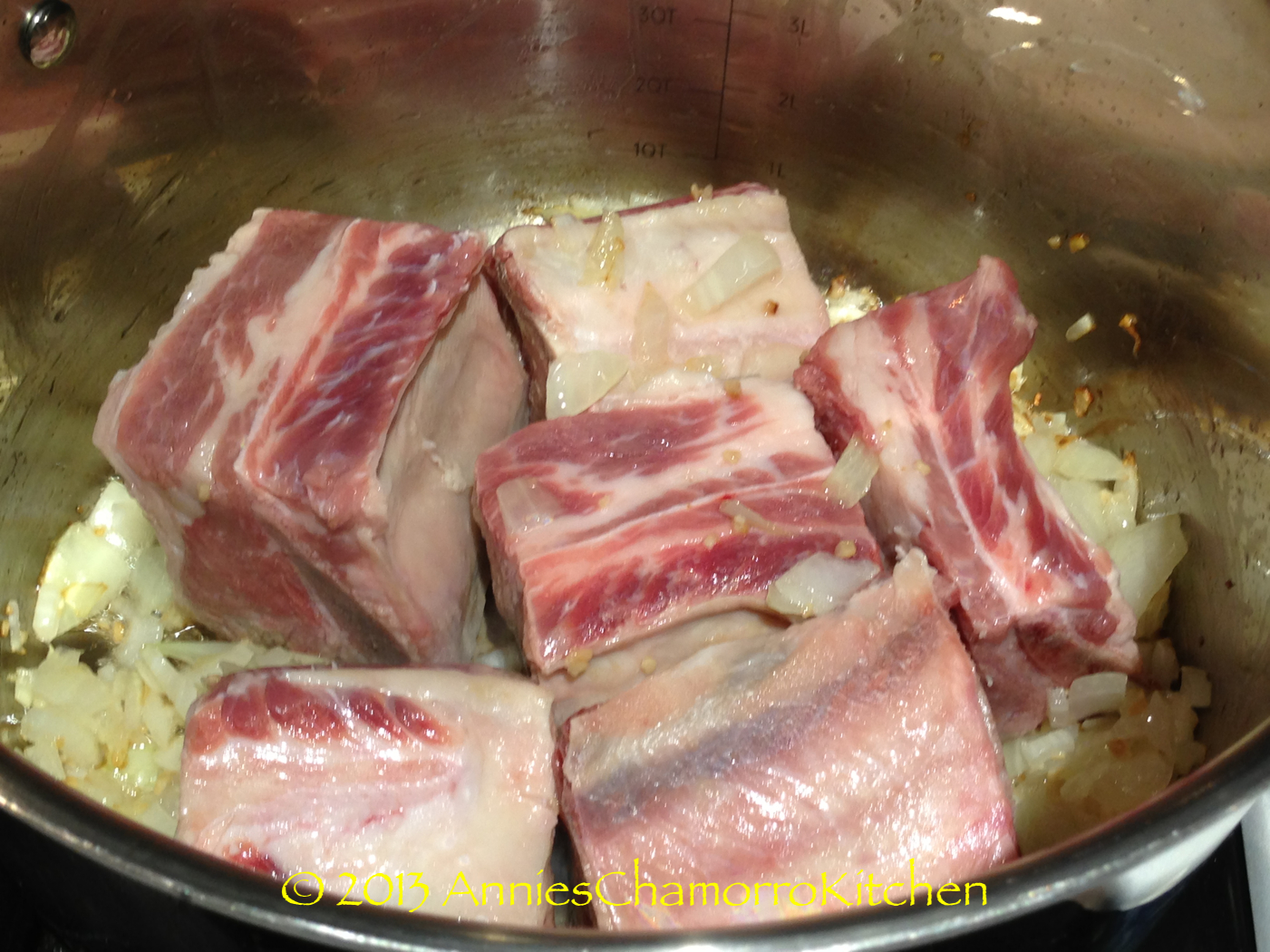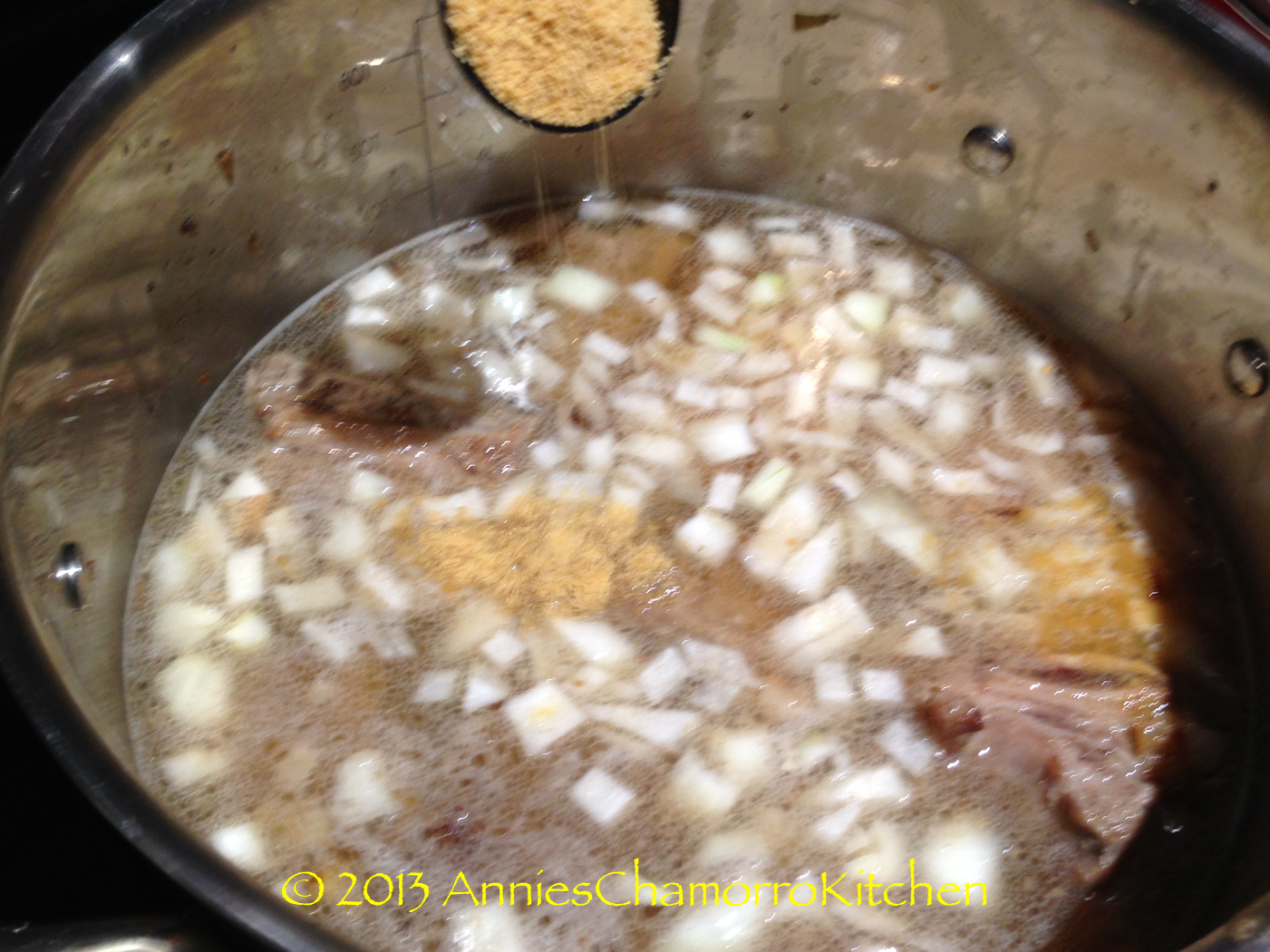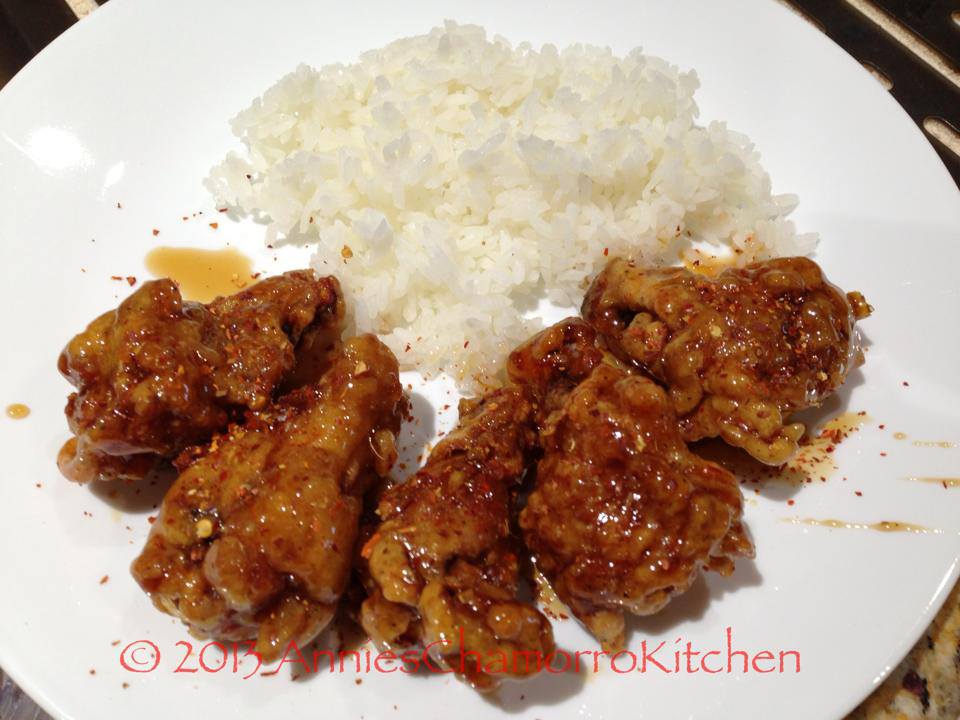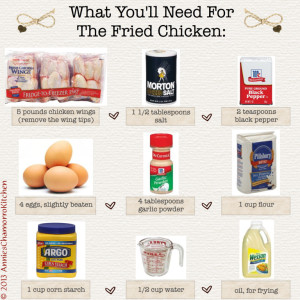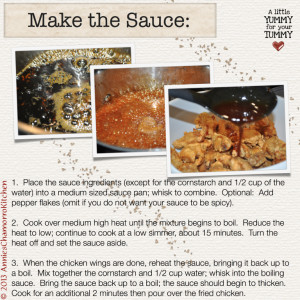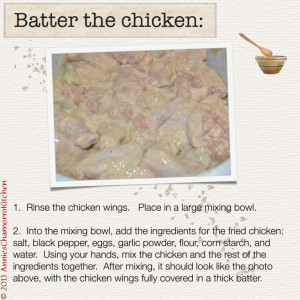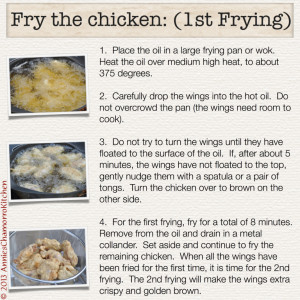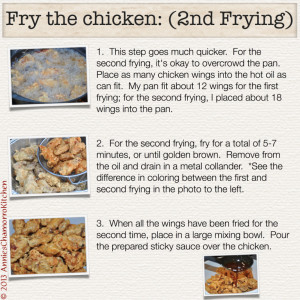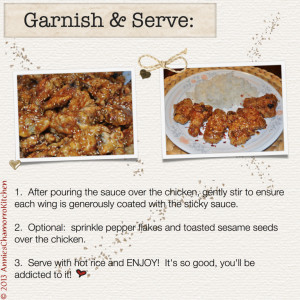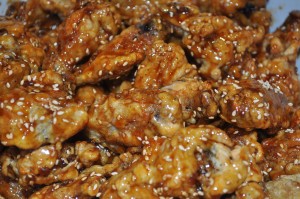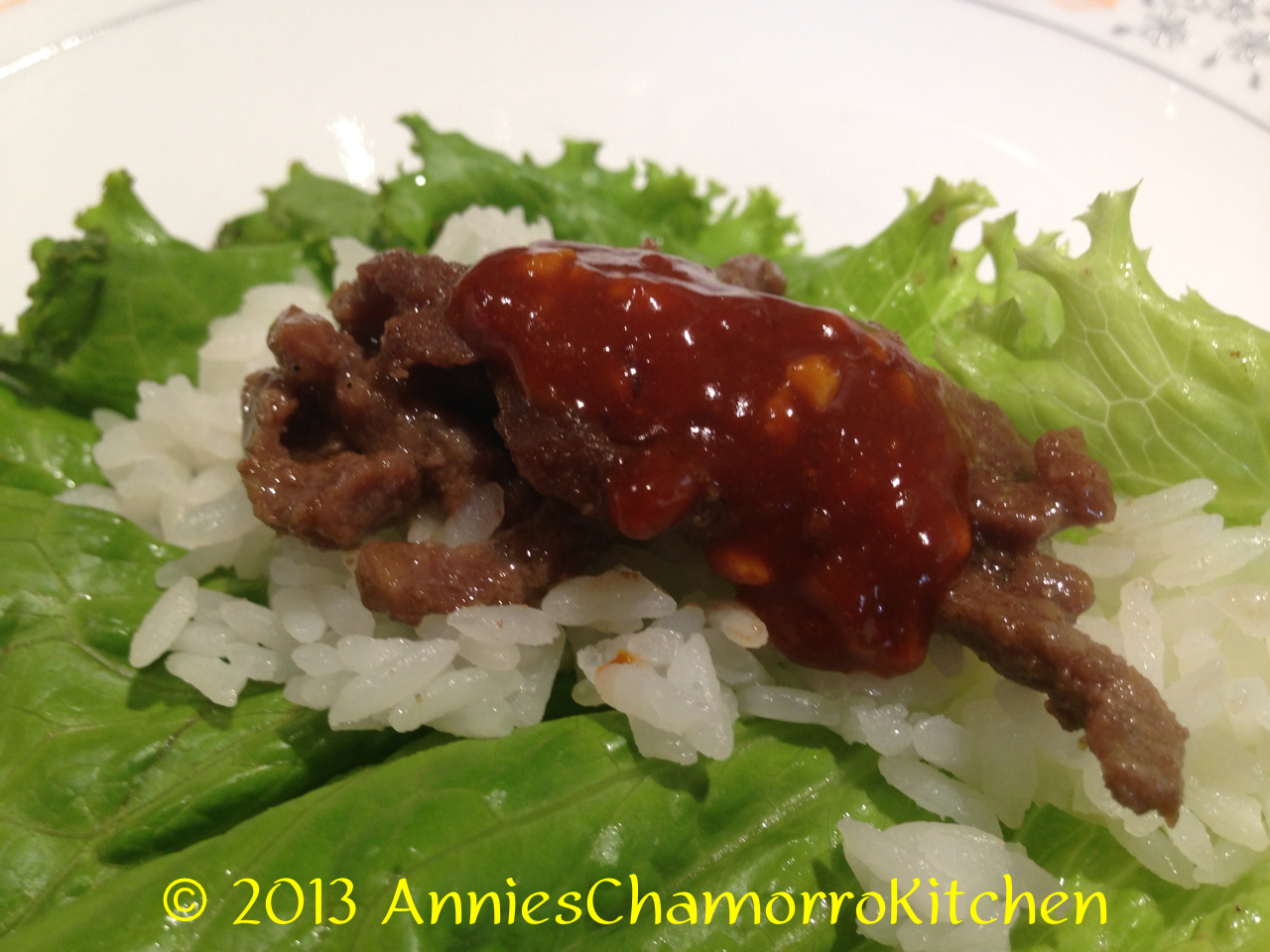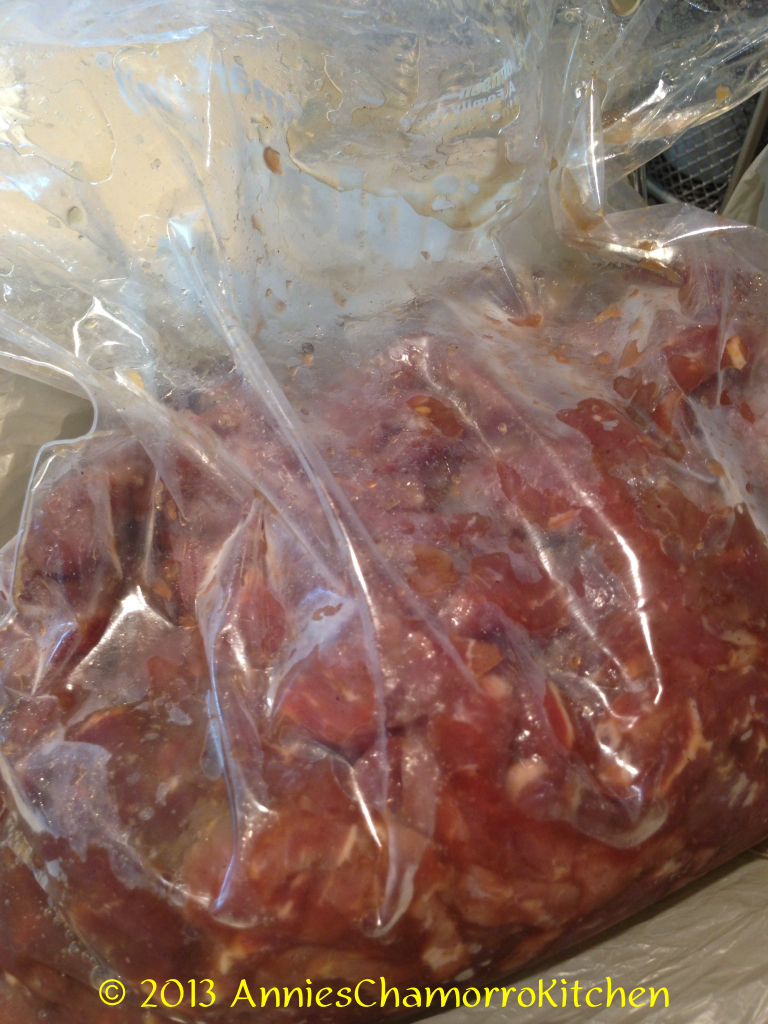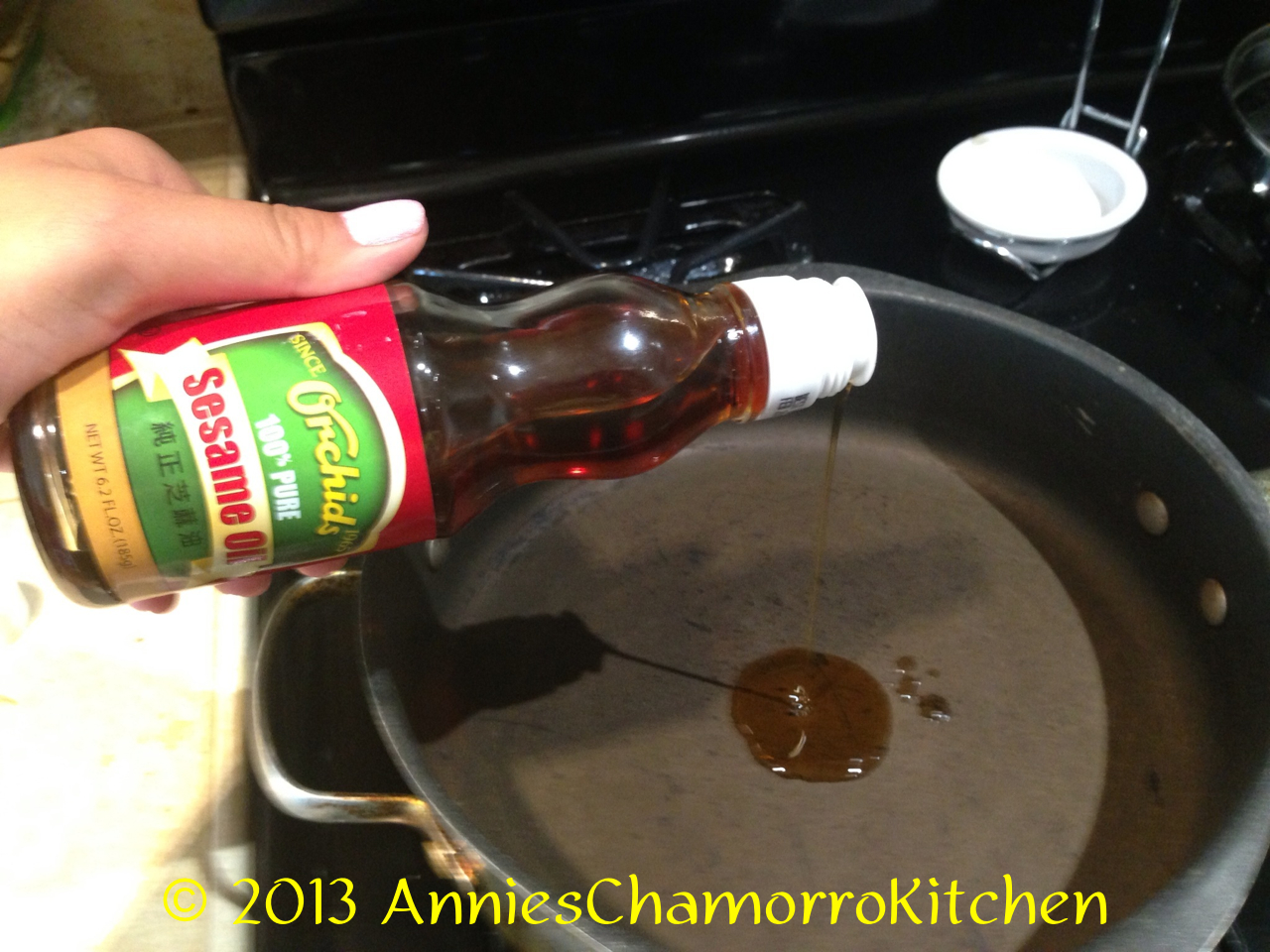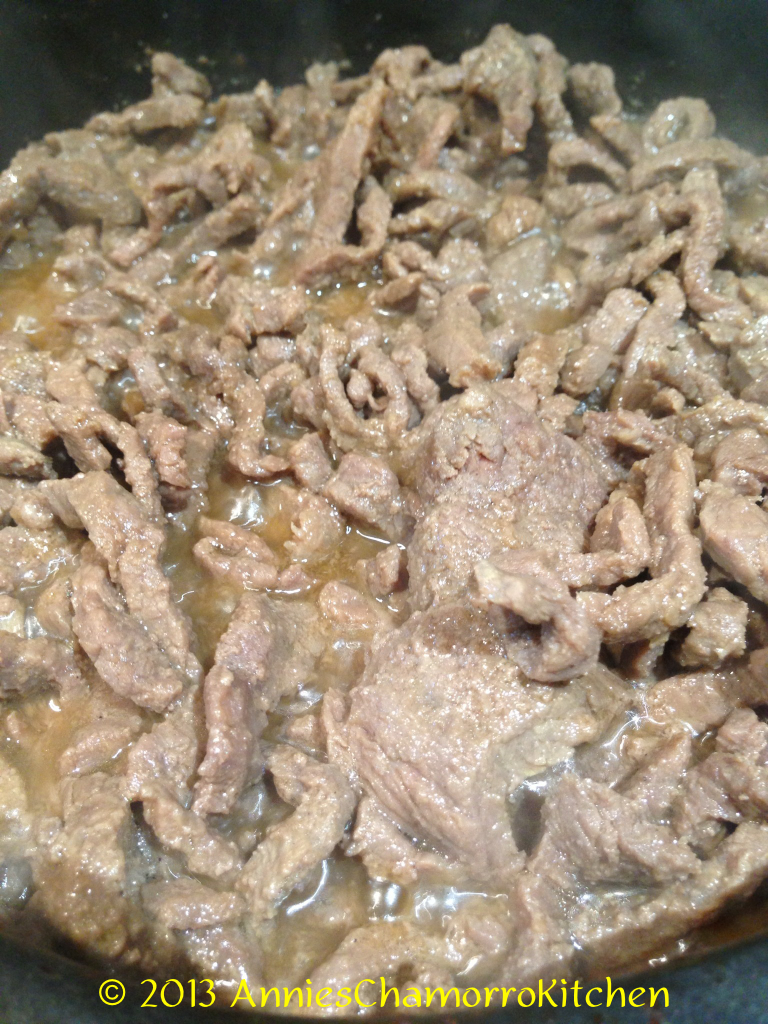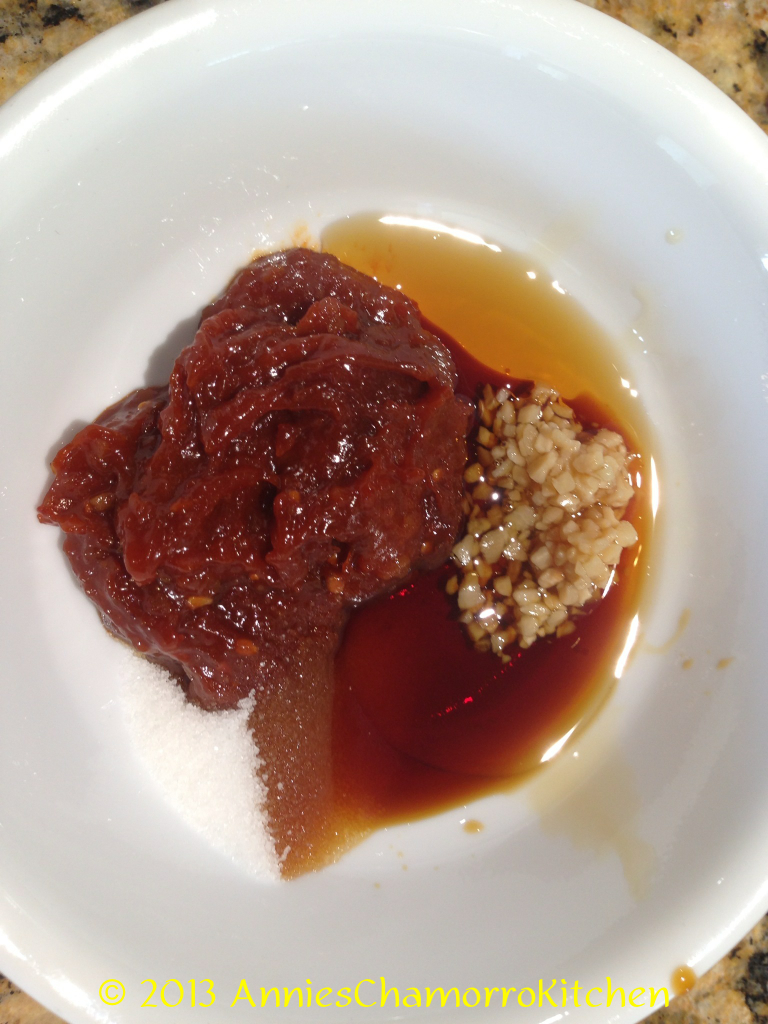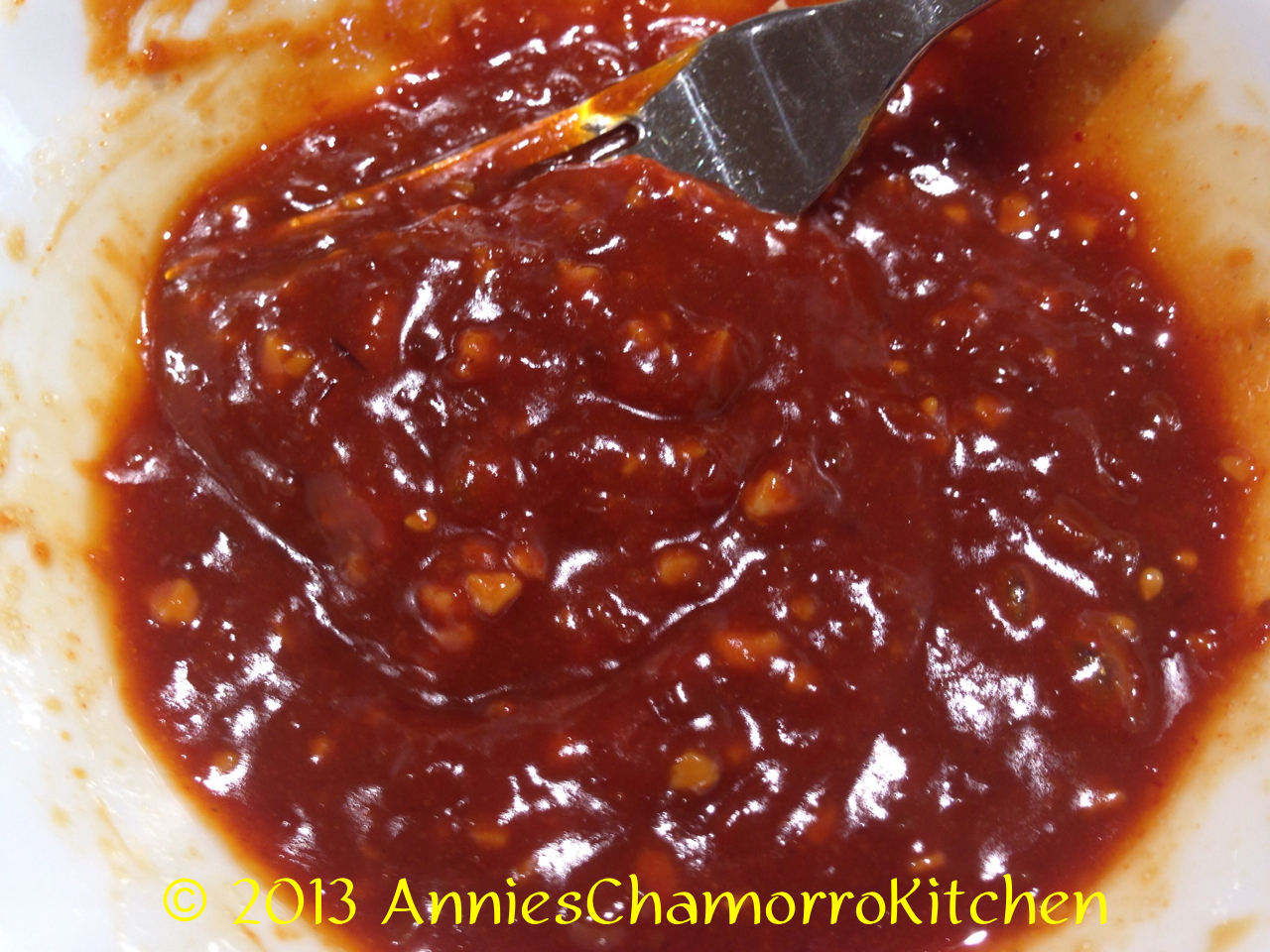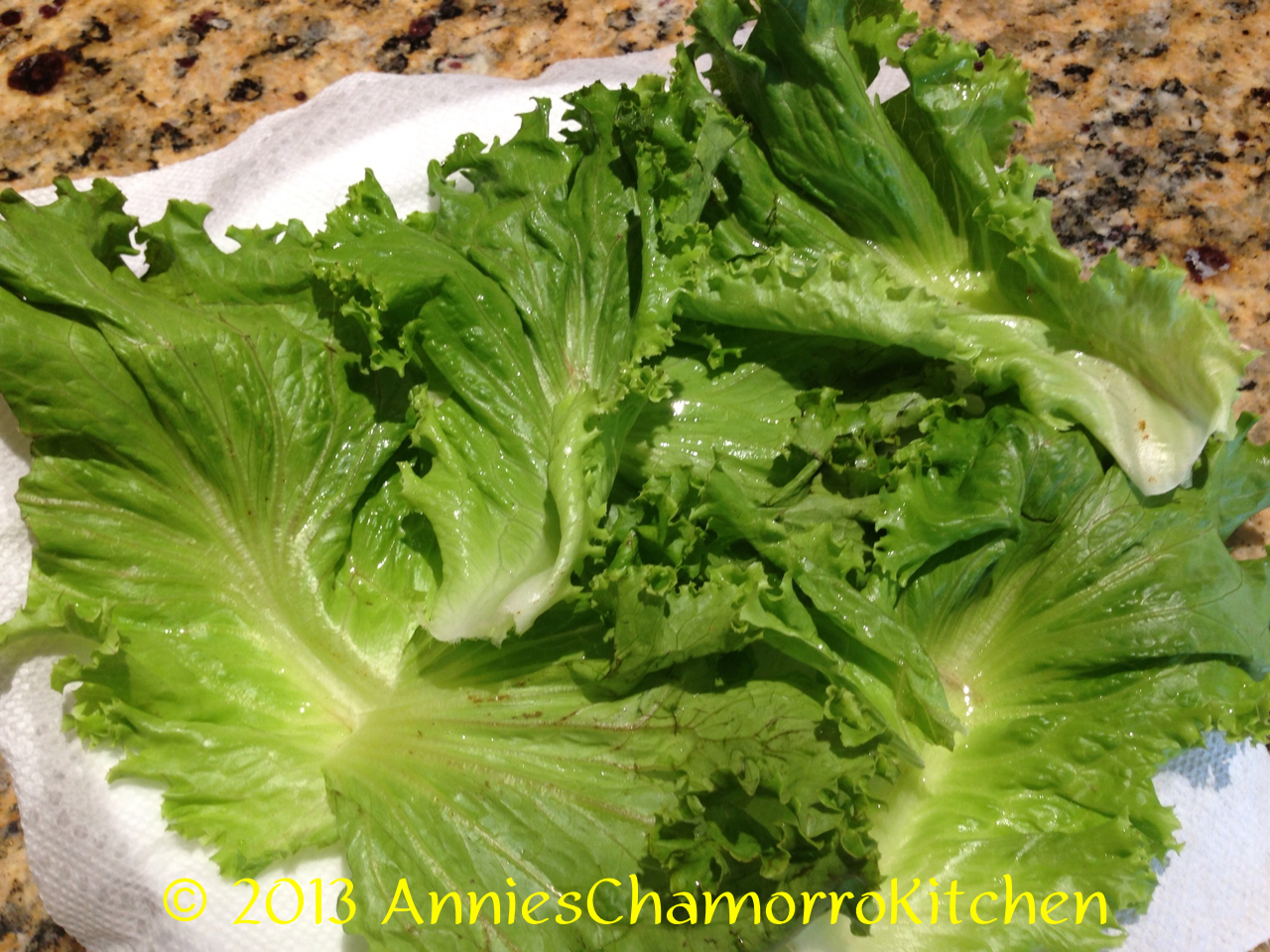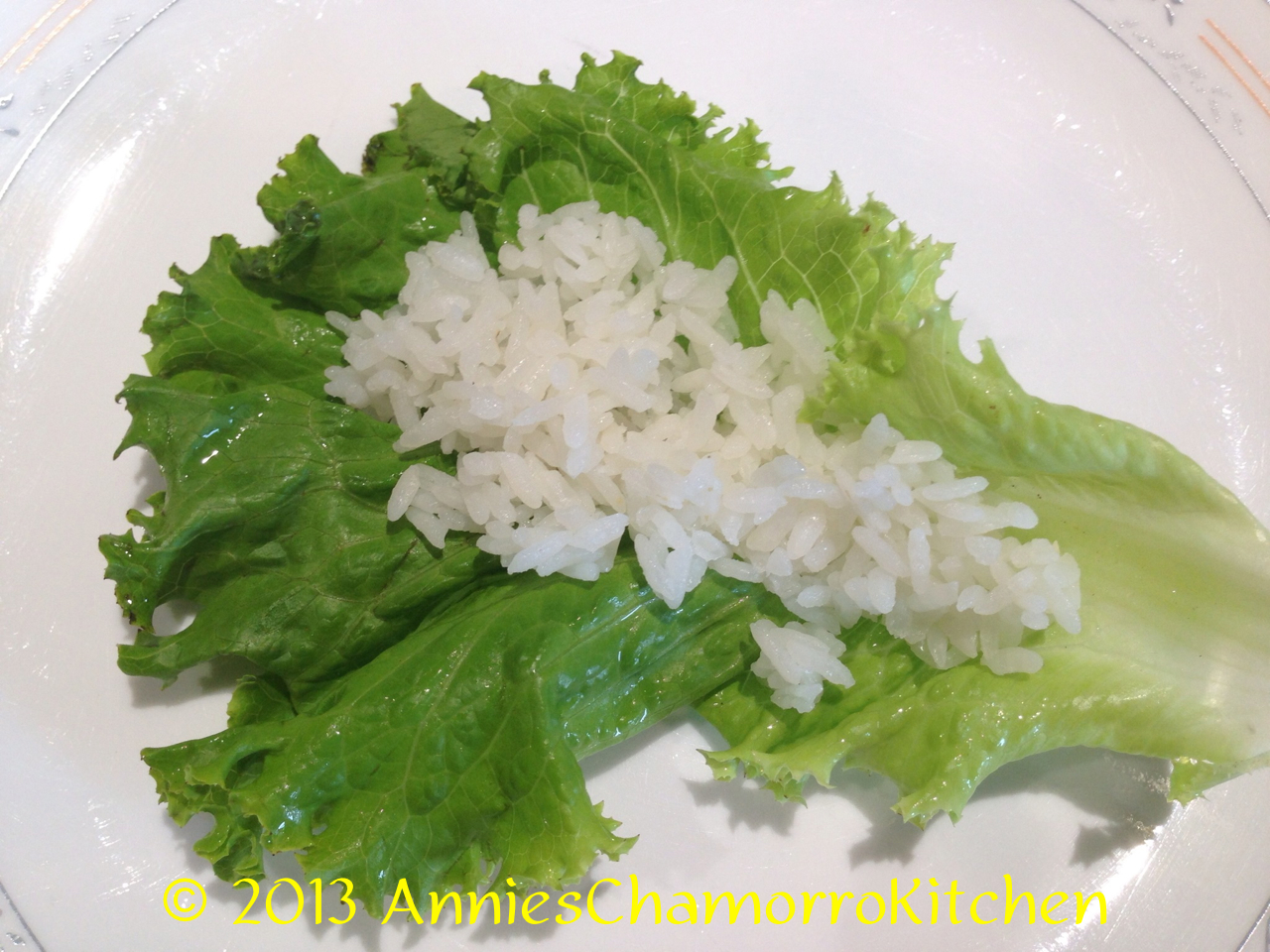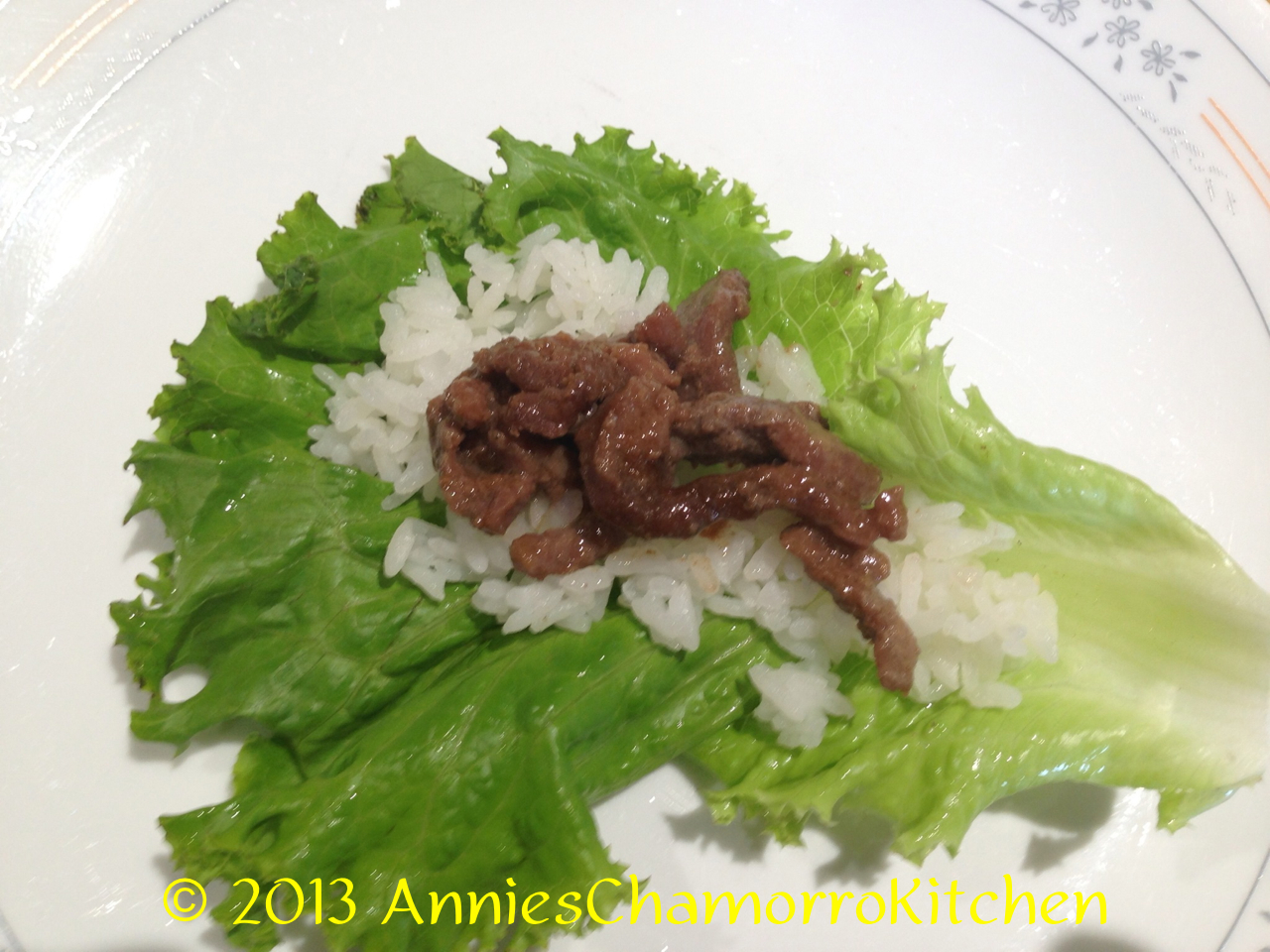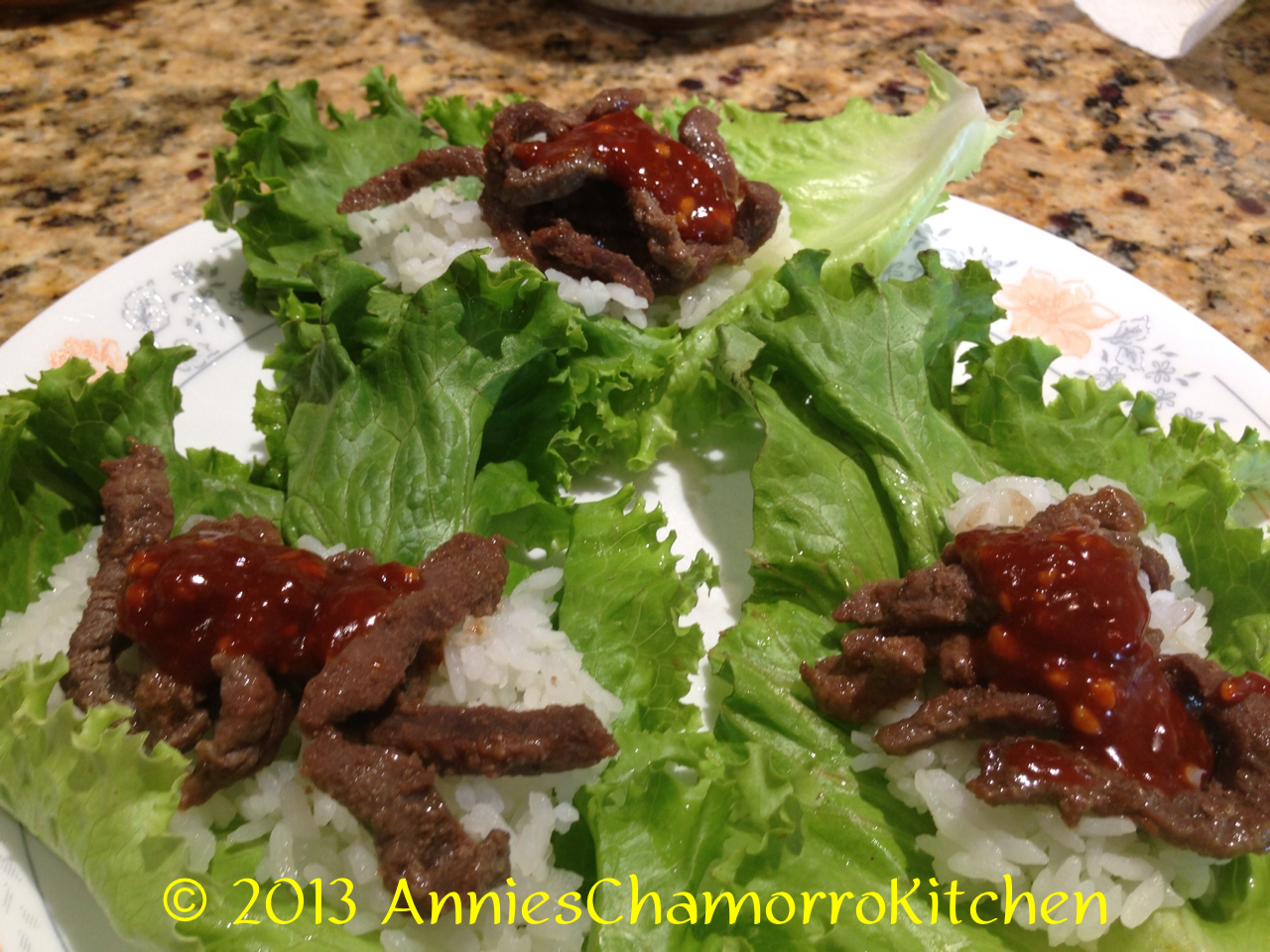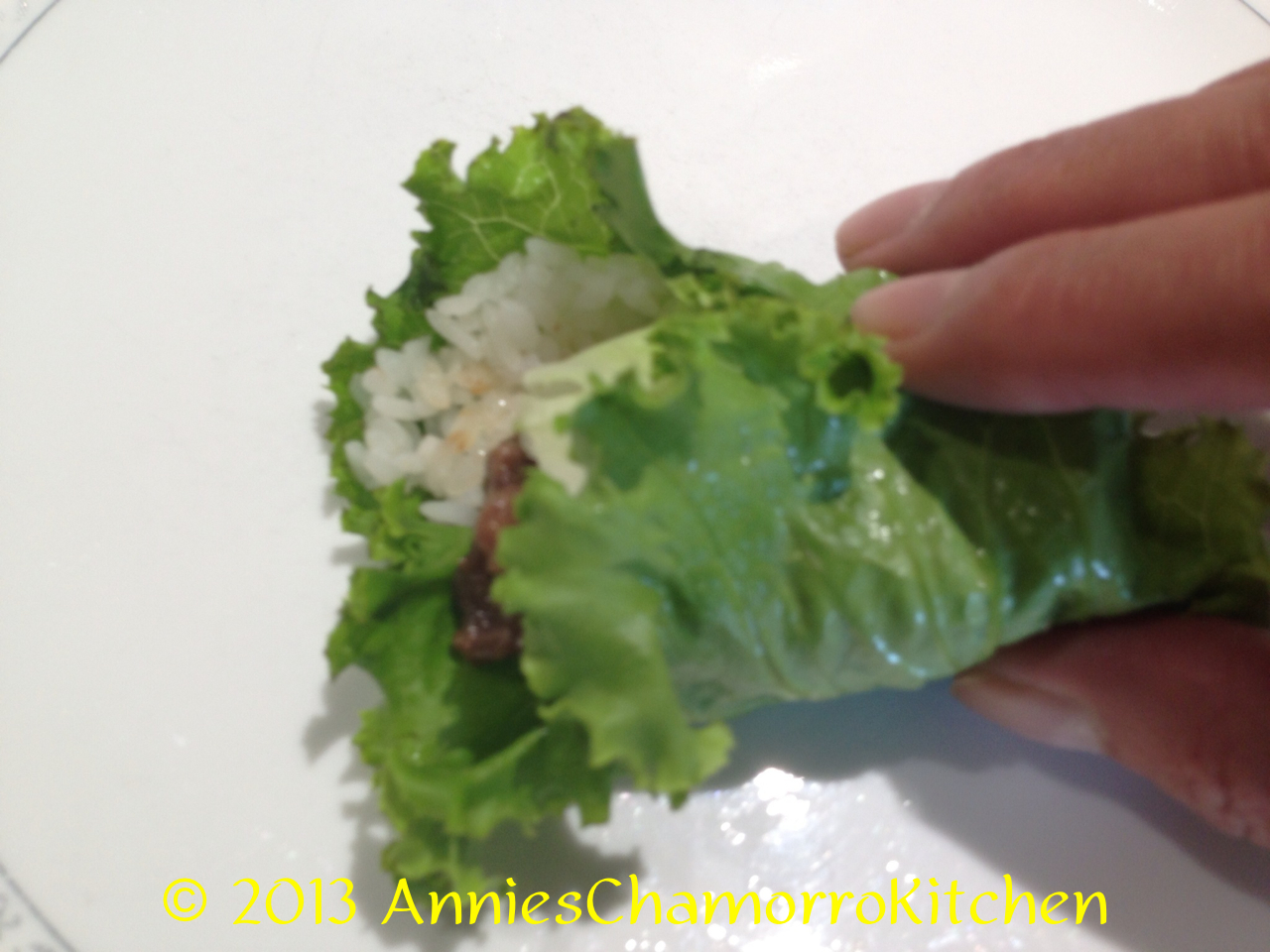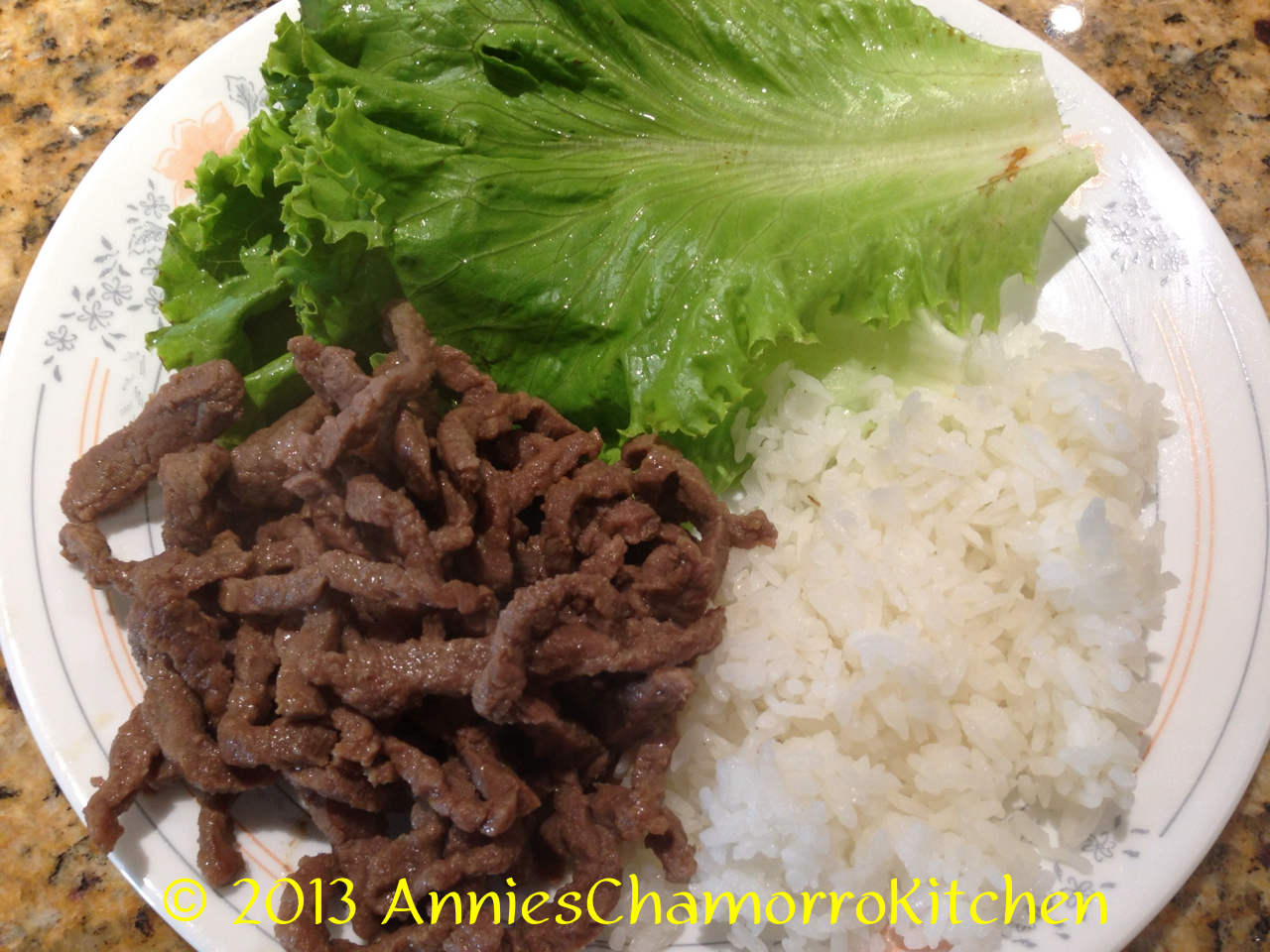
It’s cold and rainy right now in the Colorado Rockies…perfect weather for Short Ribs Soup. We call this Kådun Kåtne in Chamorro. You can substitute short ribs with your favorite cut of beef–other favorites are oxtails (don’t knock it ’till you try it) and beef shanks.
You can even change this up further by adding your favorite vegetables–potatoes, taro, other types of squash, and baby bok choy are delicious in this recipe too!
Give my recipe a try. I think you’ll like it. 🙂
SHORT RIBS SOUP (KÅDUN KÅTNE)
INGREDIENTS:
- 3 packages (9 pieces) thick cut short ribs (rinse each piece well)
- 1 large onion, diced
- 2 tablespoons minced garlic
- 8-10 cups water
- 6 tablespoons Dashida beef flavored seasoning
- Black pepper, to taste
- 1 small head cabbage, cut into small pieces
- 4 small yellow squash, peeled and cubed
DIRECTIONS:
1. Place half of the diced onions in a large soup pot. Add the short ribs and garlic. Brown the ribs on all sides over medium high heat.
2. After the ribs are browned on all sides, add 8 cups of the water, the remaining onions and Dashida. Place a lid on the pot and bring to a boil. Every now and then, skim off and discard any scum that rises to the surface.
3. Cook the ribs for 45 minutes to an hour over medium high heat. Keep the lid covered while cooking; uncover only to skim off any scum on the surface then replace the lid. If you need to, add the remaining water (keep the ribs submerged in liquid during cooking). After an hour, the ribs should be tender. If the ribs are not as tender as you’d like, cook for 15-20 more minutes.
This is what the scum looks like — you want to scoop this out and discard it.
4. When the ribs are done (and as tender as you’d like them), add the vegetables. First, layer the cabbage on top of the ribs. Press down on the cabbage, just slightly so that the leaves are moistened with the broth. Layer the squash on top of the cabbage leaves, also pressing them into the broth (do not stir the vegetables into the soup–they will cook ON TOP of the ribs). Cook for 5 minutes then turn off the heat.
NOTE:
Before serving, I usually scoop out a good amount of kådu (soup broth) into a freezer-safe bowl, then place the bowl in the freezer for several minutes. All of the fat will rise to the surface and harden. After the fat solidifies, I scoop it out and discard it, then reheat the kådu.
5. After the kådu is reheated, remove the pot from the heat. Taste the broth; re-season if necessary with Dashida and pepper. Serve with hot white rice and fina’denne’. Enjoy!
